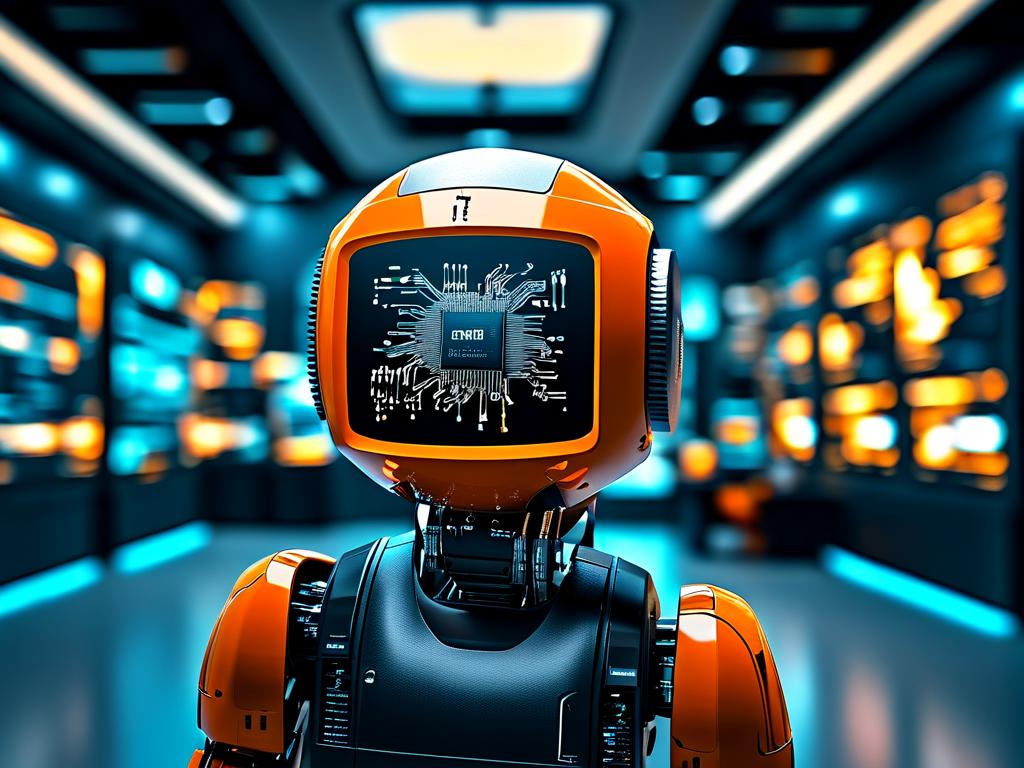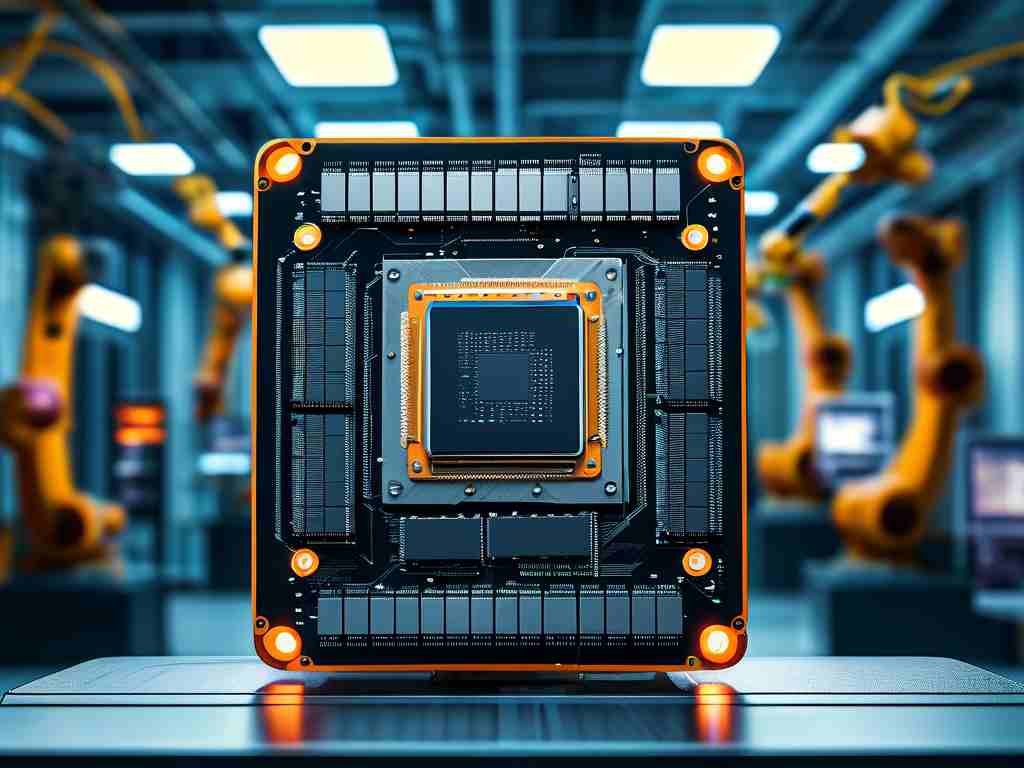In an era dominated by rapid technological evolution, industry expert Zhang Xuefeng has recently spotlighted embedded development as a strategic career path for tech enthusiasts. With over a decade of experience in engineering education and career counseling, Zhang’s endorsement carries weight, particularly as global industries increasingly rely on smart systems and IoT solutions. This article explores why embedded development matters, its real-world applications, and actionable insights for aspiring professionals.
The Rise of Embedded Systems
Embedded systems form the backbone of modern technology, powering devices from medical equipment to autonomous vehicles. Unlike general-purpose computing, these specialized systems prioritize efficiency, reliability, and real-time performance. Zhang Xuefeng emphasizes that the demand for embedded developers is surging, driven by sectors like healthcare, automotive, and industrial automation. For instance, a single electric vehicle contains over 100 embedded controllers, illustrating the scale of opportunity.
Why Zhang Recommends This Field
During a recent seminar, Zhang highlighted three core reasons to pursue embedded development. First, market demand: Job portals like LinkedIn report a 22% annual growth in embedded engineering roles globally. Second, versatility: Skills in C/C++, RTOS (Real-Time Operating Systems), and hardware-software integration are transferable across industries. Third, innovation potential: Embedded developers often pioneer breakthroughs, such as AI-powered edge devices or energy-efficient IoT sensors.
Bridging the Skill Gap
Despite high demand, Zhang notes a critical shortage of qualified professionals. Many academic programs focus on theoretical concepts, leaving graduates unprepared for hands-on challenges. To address this, he suggests a dual approach:

- Project-Based Learning: Building practical systems, like a smart thermostat or a drone controller, sharpens problem-solving skills.
- Industry Certifications: Credentials from organizations like the IEEE or ARM-approved courses validate expertise to employers.
A case in point is Li Wei, a recent graduate who landed a robotics engineering role after completing an embedded systems bootcamp. “Debugging a custom PCB was daunting at first,” Li recalls, “but those late-night coding sessions paid off.”
Tools and Technologies to Master
Zhang advises newcomers to start with foundational tools:
- Programming Languages: C remains the lingua franca, but Python is gaining traction for prototyping.
- Development Kits: Platforms like STM32 and Raspberry Pi offer affordable experimentation.
- Simulation Software: Tools like Proteus help test circuits before physical implementation.
For advanced learners, he recommends exploring real-time operating systems (e.g., FreeRTOS) and communication protocols like CAN bus or Zigbee. “Understanding how data moves between sensors and cloud servers is crucial,” he adds.

Overcoming Common Challenges
Embedded development isn’t without hurdles. Hardware malfunctions, power constraints, and tight deadlines are routine. Zhang shares a troubleshooting framework:
- Isolate the Issue: Determine if a bug stems from hardware, software, or integration.
- Leverage Debugging Tools: Oscilloscopes and logic analyzers are indispensable for diagnosing signal errors.
- Collaborate: Online communities like Stack Overflow and GitHub repositories provide peer support.
One memorable example involves a team resolving a memory leak in a wearable device by rewriting interrupt service routines—a fix that reduced power consumption by 40%.
The Future of Embedded Development
Looking ahead, Zhang predicts transformative trends. TinyML (machine learning on microcontrollers) and RISC-V architecture are redefining system design. Meanwhile, sustainability demands are pushing developers to optimize energy use—a skill he calls “the next frontier.”
In , Zhang Xuefeng’s advocacy for embedded development aligns with both economic and technological trajectories. For those willing to embrace continuous learning and hands-on practice, this field offers not just job security but a chance to shape tomorrow’s innovations. As he aptly states, “Embedded systems are where code meets reality—and that’s where the magic happens.”









